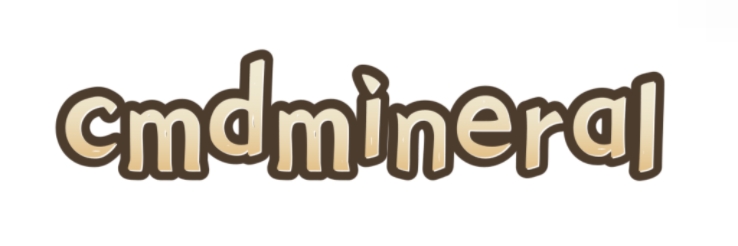Traditional Padel Court: The Ultimate Guide to Design and Build
# Traditional Padel Court: The Ultimate Guide to Design and Build.
Padel, a sport combining elements of tennis and squash, is rapidly gaining popularity around the world. A traditional padel court is crucial for playing this exciting game. In this ultimate guide, we will explore the essential features of a padel court, discuss its pros and cons, share insights from actual users, and evaluate its price and overall value.
## Key Features of a Traditional Padel Court.
1. **Dimensions and Layout**: A traditional padel court measures 20 meters in length and 10 meters in width, enclosed by walls made of glass and concrete. This unique enclosure allows for a dynamic gameplay experience, as players can hit the ball off the walls.
2. **Surface Material**: The most common surfaces for padel courts include artificial turf, which offers excellent traction and comfort. Some courts also incorporate granular surfaces for better ball bounce and player movement.
3. **Lighting**: Quality lighting is essential for night play. A well-designed court typically has LED lights that provide uniform brightness, ensuring visibility and enhancing gameplay.
4. **Net and Posts**: The court features a robust net at the center, with a designated height that maintains the competitive essence of the game. Sturdy posts support the net, ensuring it remains taut throughout play.
5. **Accessibility**: A traditional padel court is designed to be accessible for players of all ages and skill levels. The low height of the walls and the layout allow beginners to learn without excessive barriers.
## Pros and Cons of a Traditional Padel Court.
### Pros:
- **Social Engagement**: Padel is traditionally played in doubles, promoting social interaction and teamwork.
- **Versatile Play**: The court design accommodates various playing styles, making it enjoyable for competitive matches and casual games.
- **Compact Size**: With a smaller footprint compared to tennis courts, traditional padel courts can be installed in urban areas, making the sport accessible to more players.
### Cons:
- **Initial Investment**: Building a padel court can be a significant financial investment, particularly in premium materials and construction.
- **Maintenance**: Regular maintenance is necessary to keep the court surfaces in optimal condition, which can lead to ongoing costs.
- **Limited Solo Play**: While playing in doubles is a significant aspect of padel, solo practice is not as feasible compared to other racquet sports like tennis.
## Insights from Players.
Many enthusiasts have shared that playing on a traditional padel court is a uniquely enjoyable experience. Players often mention feeling a sense of camaraderie and excitement, particularly during doubles matches. The enclosed space and use of walls create a lively and fast-paced environment that encourages both skill development and fun.
Some users highlight that the smaller court size makes it easier for beginners to participate, allowing them to engage in rallies quickly without feeling overwhelmed. Furthermore, the forgiving nature of the walls enables learners to practice their shots without frequent interruptions.
## Pricing and Value Analysis.
The cost of constructing a traditional padel court can vary widely based on location, materials, and design. On average, the total expenditure for building a padel court ranges from $25,000 to $50,000. This price typically includes the construction of the court, installation of lighting, and a playable surface.
When assessing the cost-effectiveness of building a padel court, it's essential to consider the potential for community engagement and revenue generation. With the increasing popularity of padel, many facilities can monetize their courts through rentals, hosting tournaments, and offering lessons. Thus, while the initial expenditure is substantial, the long-term benefits can offset the upfront costs.
## Conclusion.
In summary, a traditional padel court is more than just a place to play; it represents a growing community and a passion for sportsmanship. Understanding its features, evaluating the pros and cons, taking feedback from players, and considering the financial investment can help you make informed decisions. Whether you are a player, facility owner, or investor, this guide provides the essential insights needed to design and build the ultimate padel court.
Contact us to discuss your requirements of best padel court manufacturers, the padel court company. Our experienced sales team can help you identify the options that best suit your needs.

